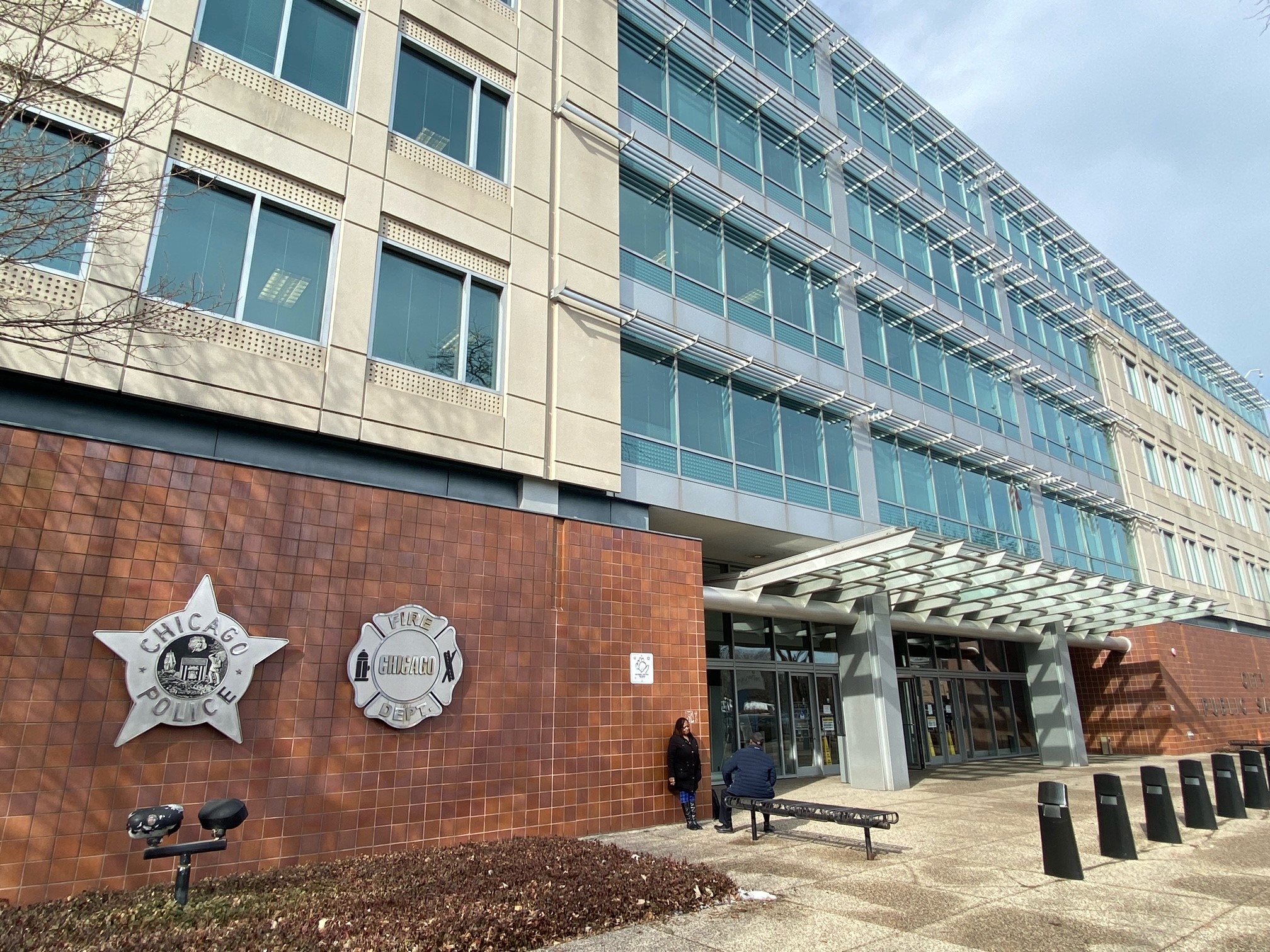COVID is surging in several countries around the world, and while that has previously been an indicator of what to expect next in the U.S., what could make this time different?
Experts are predicting a potential rise in cases, particularly surrounding the BA.2 subvariant, with some locations seeing current metrics near what Chicago reported in the peak of its omicron surge.
"We're seeing countries with 50% positivity, 60% positivity, 30% positivity, you know, even like the UK over 10% positivity," Chicago Department of Public Health Commissioner Dr. Allison Arwady said during a COVID update Tuesday.
As most COVID-19 restrictions are relaxed across Europe, including Austria, Britain, Denmark, Germany and France, the numbers of infections have inched higher in recent days. In the last two weeks, COVID-19 hospitalizations and deaths have both risen slightly in Britain.
Feeling out of the loop? We'll catch you up on the Chicago news you need to know. Sign up for the weekly Chicago Catch-Up newsletter here.
The uptick is driven in part by BA.2 and by people largely abandoning masks and gathering in bigger groups.
Northwestern's Dr. Michael Angarone, an associate professor of medicine in infectious diseases, said Europe is typically up to a month ahead of the U.S. in its COVID outbreaks.
"We often look at Europe as being that kind of bellwether of 2, 3, 4 weeks kind of ahead of us," he said. "So are we going to see this kind of increase in a month or so? And we just don't know."
Local
Still, many health officials speculate a potential BA.2 uptick in the U.S. may not be to the level of the previous omicron surge.
"I'm not expecting a big surge here, but we're gonna have to pay close attention and really be driven by data as we have throughout the whole pandemic," White House COVID-19 Response Coordinator Dr. Ashish Jha said last week.
White House chief medical advisor Dr. Anthony Fauci also said he expects "an uptick in cases" due to BA.2, but not necessarily a massive surge like other variants have caused.
What makes this different?
"I'd say the biggest difference is that we, in the omicron surge here, the first omicron surge, we did come actually all the way back down before we lifted masks and vaccine requirement for high risk settings, etc.," Arwady said.
She also noted that "we didn't see any of the countries that are significantly surging with BA.2 get anywhere near back down to where we are in Chicago or even in the U.S."
"I don't have as much concern because we got through BA.1 and kind of came all the way back down. But it would be, you know, you have to be humble when you're talking about this," she said. "And that's where I think we're watching for that when it gets to be the predominant one... sort of what happens then, but I expect we'll continue to see some increase in cases but I, at least at the moment, I'm hopeful and relatively confident that we won't see the, you know, really out of control spikes like we're seeing in some other parts of the world."
Chicago's COVID metrics saw a slight increase over the last week as health officials closely watch for signs of a surge due to the BA.2 variant, but the city's top doctor said the levels remain "very much in control."
Still, the BA.2 omicron subvariant, which has seen its numbers double each week, is expected to make up most of Chicago's COVID cases by the end of the month, Arwady said.
"We are starting to see a little bit of an increase. Nothing to be alarmed about, not unexpected as we've had some changing behaviors, as we're seeing more of the BA.2," she said. "Very much still in control, but something we're keeping a close eye on."
The average daily number of new cases in Chicago climbed this week to 156, up from 136 the previous week, according to the city's dashboard, though the number continues to remain well-below the 5,189 seen earlier this year.
The positivity rate also rose slightly to 0.8%, up from 0.7% last week.
Hospitalizations, however, are averaging 9.57 per day and deaths dropped to 0.71 per day, both marking significant decreases from the omicron peak earlier this year and declines from the week prior.
While the increases are being monitored, Arwady noted they also come just after restrictions eased across the city last month.
"At this point, we've not seeing major signs like we're seeing in Europe, but while we continue to watch, we'll have a better sense of this honestly, probably by the end of the month when BA.2 will be predominant here," she said.
BA.2, also known as "stealth omicron," is considered a subvariant of omicron.
According to several health experts, BA.2 appears to be more transmissible than omicron.
"There's four unique mutations in the spike protein that are distinct in BA.2, and different from BA.1... It seems that these mutations will propel the transmissibility to about a 30% to 50% higher degree of contagiousness than the BA.1 variant," said Dr. Gregory Huhn, an infectious disease physician and the COVID-19 vaccine coordinator for Cook County Health.
So why is it causing large surges in other countries?
"We're still trying to figure out why are we seeing this rising number of cases in some of these countries in Europe and that is because there's something markedly different about the virus," Angarone said. "So is it more transmissible? Are more people going to become infected from one infected individual? There might be some markers of that."
Preliminary data indicate vaccinations and boosters are similarly effective in preventing symptomatic cases of BA.1, the original omicron variant, and BA.2.
According to Chicago health officials, evidence so far also suggests infection with one omicron sublineage is believed to provide protection from other omicron sublineages, but Huhn noted that reinfection is possible, though rare.



